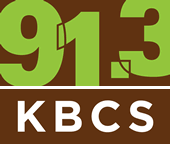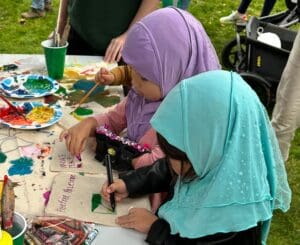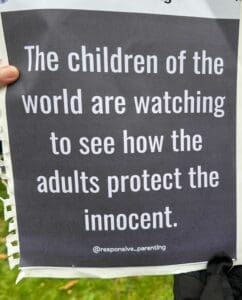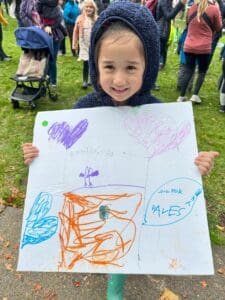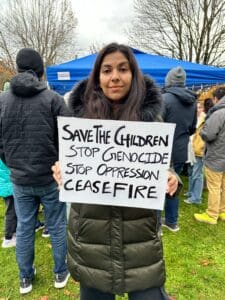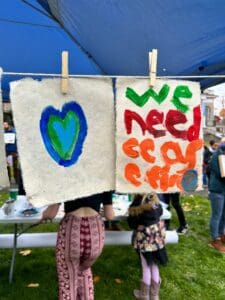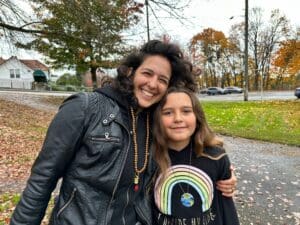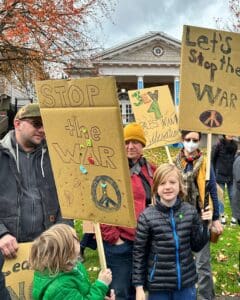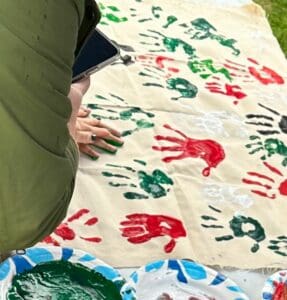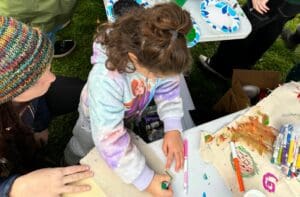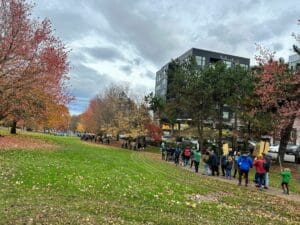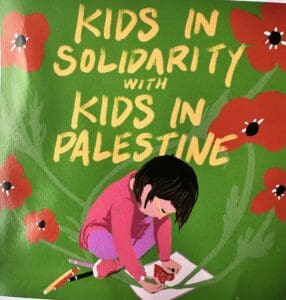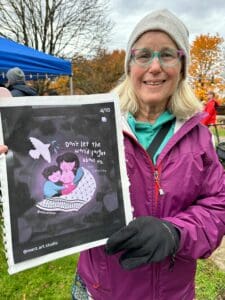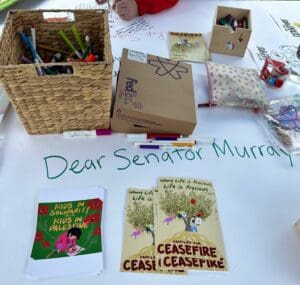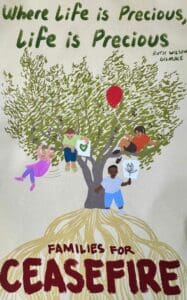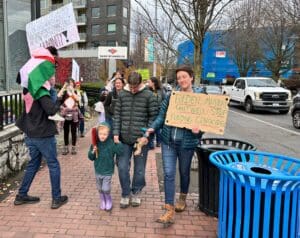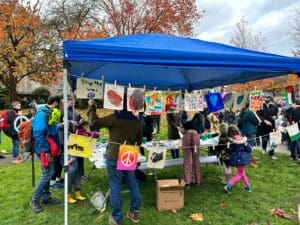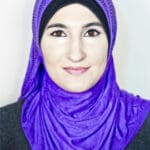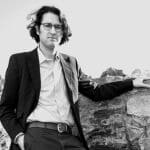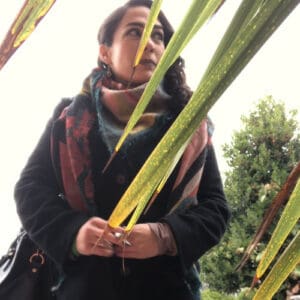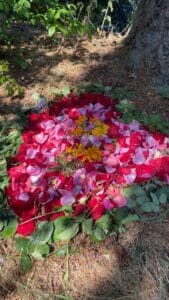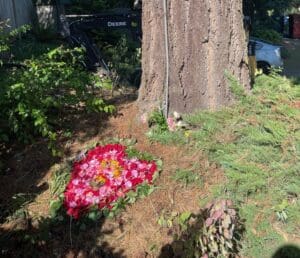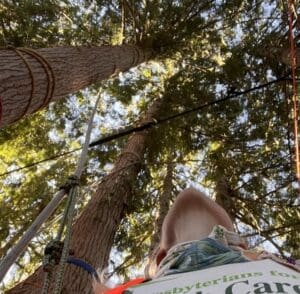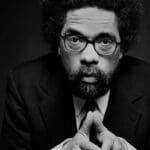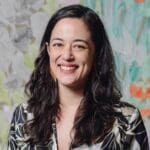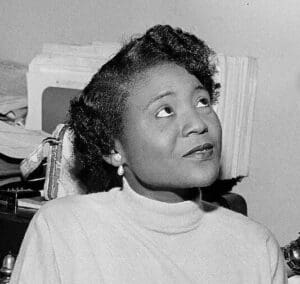Seattle’s Gang of Four – An Interracial Coalition
The ‘Gang of Four’ or ‘Four Amigos’ is a group of four Seattle activists from Indigenous, Black, Asian, and Latinx communities. They organized and advocated for the needs of people of color from the late 60s and 70’s onward.
Councilmember Larry Gossett is the last surviving member of the Gang of Four. Councilmember Gossett is a former Seattle Chapter Black Panther Party member, Co-founder of the University of Washington, Seattle Black Student Union, the former Executive Director of the Central Area Motivation Program (CAMP), and Co-Founder of the Third World Coalition He also founded the Minority Executive Directors Coalition (MEDC) alongside the Gang of Four. He celebrated his 79th birthday this month. In this interview with Councilmember Gossett from December, 2021, he reflects on the powerful and lasting work of the interracial coalition.
Producer: Yuko Kodama
Photo: Gang of Four Book Cover “Gang of Four,” by Bob Santos and Gary Iwamoto
Families in Solidarity with Palestine
In Gaza, Israeli attacks have killed 8,000 women and children (70% of fatalities). Today, the two largest hospitals in Gaza have stopped functioning as they’ve run out of fuel and are surrounded by Israeli forces.
Meanwhile, yesterday, 300-400 hundred people gathered in Seattle’s Columbia Park for a Ceasefire march around the block and rally for families and children. Participants sang songs, painted murals and prayer flags for Palestine, and wrote postcards addressed to state elected officials to demand a ceasefire.
Listen to some sounds and voices from the event. You may hear the rain in some of the clips.
A longer highlight of this event will broadcast tomorrow on KBCS during the Grit at 7 am.
Producer: Yuko Kodama
Photos: Yuko Kodama
second row – Miwa Nietering (age 6), Nazia Siddiqi
third row – Rose Waterstone and Cypress Waterstone (age 10)
fourth row – Loren, Zachary, Theo, Tony and Didi; mural of handprints
sixth row – the march was around the block
seventh row – Macy Ratliffe “Don’t let the world forget about us. Free Palestine”
eighth row – table to write post cards to Washington state elected officials
ninth row – artwork by Ruth Wilson Gilmore
tenth row – art tent to contribute to the mural and to create prayer flags
Activist, Linda Sarsour Speaks Against Islamophobia and White Supremacy
Linda Sarsour, noted Palestinian-American civil rights leader and Executive Director of MPower Change spoke at Seattle’s Rainier Arts Center on Islamophobia and White Supremacy in January, 2023.
The event was hosted by Valley and Mountain Fellowship’s Center for Faith, Art, and Justice in partnership with the United Church of Christ’s Join the Movement Toward Racial Justice. The event was part of the Set Us Free from Fear: Faith, White Supremacy, and Politics series. The series invited scholars, clergy, and activists working at the intersection of race and faith to share their wisdom to our broader communities.
Sarsour was co-chair of the 2017 Women’s March, the 2017 Day Without a Woman, and the 2019 Women’s March. She is also a former executive director of the Arab American Association of New York. She is the author of We Are Not Here to Be Bystanders: A Memoir of Love and Resistance, published in March, 2020.
Producers: Valley and Mountain Fellowship, United Church in Christ’s Join the Movement toward Racial Justice
Photo Linda Sarsour and Women’s Media Center
What Distinguishes Sephardic Jewish Communities?
The new graphic novel, We Are Not Strangers, is a story about the relationship of a Japanese American family and a Sephardic Jewish family leading up to and after WWII.
The book’s author, Josh Tuininga, Densho Founder, Tom Ikeda and Dr. Devin Naar, University of Washington, Associate Professor of History & Jewish Studies will speak about the parallels and relationships between these communities on Monday, October 23rd at Third Place Books.
Dr. Devin Naar speaks about the characteristic culture of the Sephardic Jewish group, largely from Mediterranean regions in the Jewish diaspora , in comparison to the Ashkenazi Jewish groups from Central and Eastern Europe.
Producers: Lucy Braginski and Yuko Kodama
Photo: Naar standing beside fragments from the Jewish cemetery of Salonica built into the old city walls (2014) | Photo by Argilo Mitilinou
On the Block
On the Block is an event to celebrate local artists in visual art, music, street-wear and food every second Sunday of the month through October. KBCS’s Yuko Kodama spoke with Julie Chang Schulman, Co-founder of Forever Safe Spaces, and is one of the Co-organizers of a coalition of artists who present the event held in Seattle’s Capitol Hill neighborhood on 11th Ave and between East Pike and East Pine from 11 am to 7 pm.
Chang Schulman describes the foundations and mission of the event and coalition.
Producer: Yuko Kodama
Gratitude Gatherings
Gratitude gatherings are held for urban trees in the Seattle area. It’s to honor these elder plants, and to resist the aggressive removal of urban trees for building development.
KBCS’s Martha Baskin has this story.
Producers: Martha Baskin and David Guenther at Jackstraw Productions
Photo: Meegan McKiernan and Martha Baskin
Protectors of Luma, the Western Red Cedar
Cornel West in Seattle
Dr. Cornel West spoke at the Rainier Arts Center on May 28th as part of the Valley and Mountain fellowship sponsored Set Us Free from Fear series. You can listen to his address on The Prophetic Tradition in the Time of Neo Fascism.
Transforming Intergenerational Pain into Inspiration and Strength
-YK
91.3 KBCS Music and Ideas. I’m Yuko Kodama
Lauren Iida is a local artist whose work Adorns public spaces including the Washington State convention center, Plymouth housing in Seattle and Uncle Bob’s place in Seattle’s Chinatown international district a cross from the wing luke museum. Her artwork is often themed around the Japanese American experience.
You see, Lauren Iida’s paternal grandparents and great grandparents were forcibly removed and incarcerated along- side about 120,000 Japanese Americans by the US government during WWII. The event scarred the family. Lauren Iida’s artwork, usually made of hand cut paper is often inspired by photos, documents and oral histories found through Densho,, a repository to document this historical time for Japanese Americans.
Iida describes the approach to her artwork.
-LI
I create what I call paper cutaways, and they’re cut paper compositions that I make with a scalpel, like an Exacto knife.
I am biracial, my father is Japanese American – and the Japanese part of my heritage has always been kind of a mystery to me. Growing up as a child, I didn’t really have very much access to Japanese things – I think mostly because my grandmother was incarcerated during World War II at Tule lake. And after that, she tried to shed the stigma of the racism by raising her children in a very “American way”, so the only thing that made it down to me really was some Japanese foods. But I always looked at those things in a magical way. …Like, I wondered at those things….and I did want to know more when I was a kid, but there wasn’t really much information available to me. So as an adult, I’ve really focused on learning more and researching more on the topics of my Japanese heritage and being a Japanese American.
At first, I didn’t really know anything about any kind of history related to the incarceration of Japanese people, during World War II. I knew that it had happened, but it was such a small part of any conversation I ever had with my paternal grandmother, or with my father or really with anybody in my family. – So as I grew up, I sort of started to hear about it. I remember very briefly studying it at public school, but I had a lot of questions. – So as I grew up and discovered the Densho archives, I was really, really interested and fascinated by it. Just looking through all the photographs and documents and listening to oral histories.
And then I started to make art about it. But basically, as I got older, and I kept studying those things and researching those histories, I realized that it was natural to not really want to talk about those things for my grandmother especially. – And I understand why she wanted to put on an air of being very pro-America and very not-Japanese honestly. Because after being persecuted for her race, I can really understand why she raised her children that way, and why she acted that way. – But I think it’s a real shame. And it’s an injustice to me that I don’t get to know about my family heritage, my cultural heritage, because she was traumatized by the US government’s racist protocols. – And for a whole variety of reasons, many people are disconnected from their cultural heritage – displacement, if they’re refugees, if their parents were traumatized, if there was just a break in the lineage for any reason or break in the communication… I think it’s a really common situation that I’m in.
Regarding storytelling and passing down of information from our elders to us, it’s really complicated. – Because sometimes they don’t want to talk about things because of trauma. Because they don’t want to relive sad events for themselves. And sometimes they don’t want to burden us with negative or sad memories. And other times, I find that they just don’t think that it’s interesting. They’re surprised to learn that young people would think that their experience was interesting. My grandma Clara, who’s 102, She asked me the other day, “Why do you know so much about me? And why do you care?” And I said, because your life has been so fascinating and so interesting…and it’s been a source of inspiration for me and my artwork for many years…and it always will be. I study your life, and I’ve done a lot of research and I remember all the answers to all the questions that you give me. –And she laughed, like she was tickled by that.
I think it’s a really essential function of being a human being – finding out where we came from, and also trying to get the information that feels like it’s helping you put together the puzzle of who you are and who you want to be. When I learn more about the struggles that my ancestors and their peers went through, being incarcerated during World War II, it does give me more personal strength. I’m inspired by their stories, and I’m inspired by their optimism and their attitude and their strength and resilience, going through that really difficult time. (And) it does help me keep my own life struggles in perspective. (And) I think that is something that we often fail to do in our lives, especially in a privileged country like the United States.
There are people who are suffering around us here also in the US right now. And when we give something of ourselves to somebody else, and when we listen to somebody else’s story, we share an experience with them and we feel compassion for them. (and) We also learn something about ourselves. So, I really encourage people to, to share their stories and also listen to other people’s stories because everybody has a story, and the more we share our stories, the more we understand about each other, and hopefully the more we can get along.
-YK
That was local artist, Lauren Iida. She’s represented by ArtXchange. Iida will be unveiling a 30-foot paper memory net featuring symbolic objects from the book, Swimmers by Julie Otsuka. Tomorrow at 7 pm at the Seattle Public Library Central branch in downtown Seattle. For more information about the event and to support our work, you can visit kbcs.fm
Sankofa Impact – Autherine Lucy
In 1956, Autherine Lucy, a Black student was expelled from University of Alabama within the first three days of starting a master’s program in Education. Lucy had enrolled at the school just after the Supreme Court case, Brown vs Board of Education deemed segregation of public schools illegal. It wasn’t until 1988 that Lucy’s expulsion was annulled and she re-enrolled in the same program. She graduated in 1992.
KBCS’s Ruthie Bly brings you this story about Autherine Lucy’s commitment to pursue her master’s degree. This story is produced in partnership with Sankofa Impact. Sankofa Impact is a non-profit organization which hosts events and trips to engage community in informative and transformational discussion around the Black freedom struggle.

